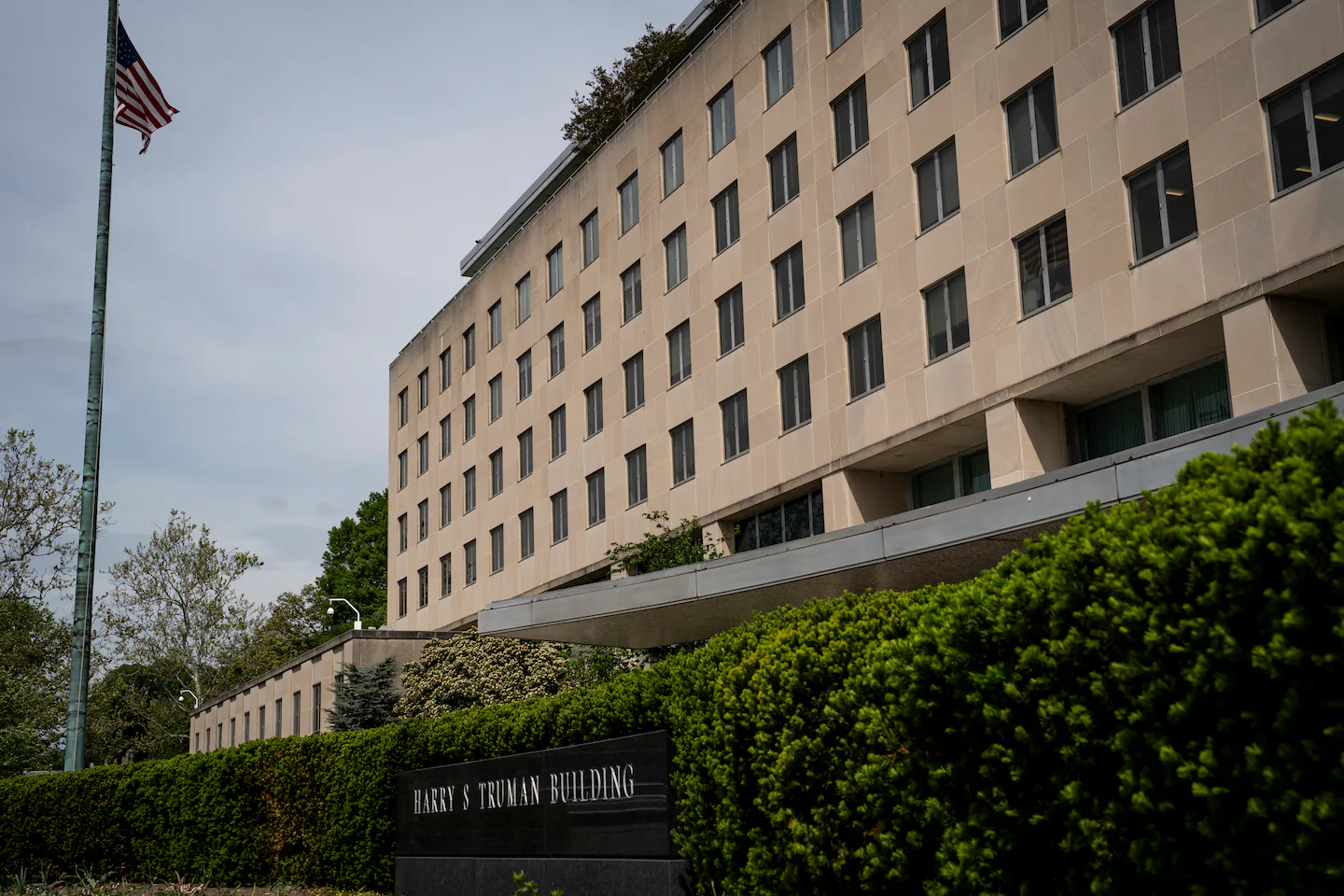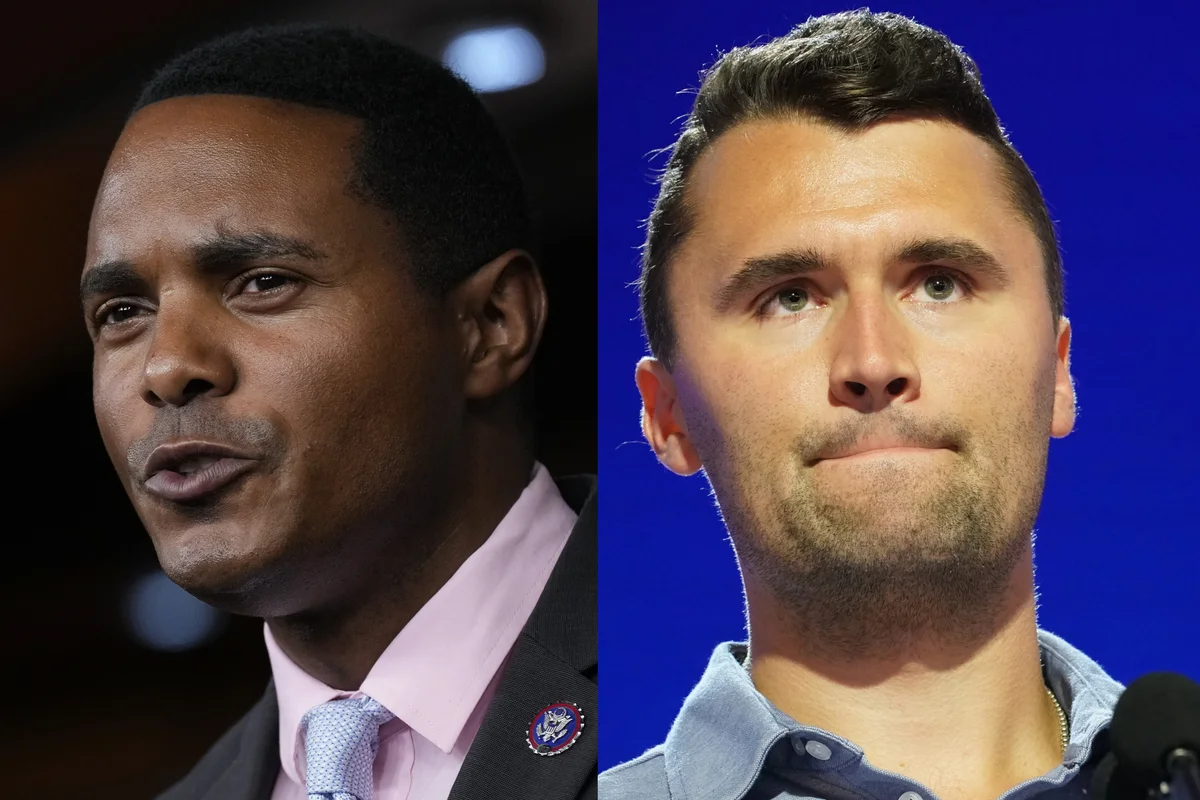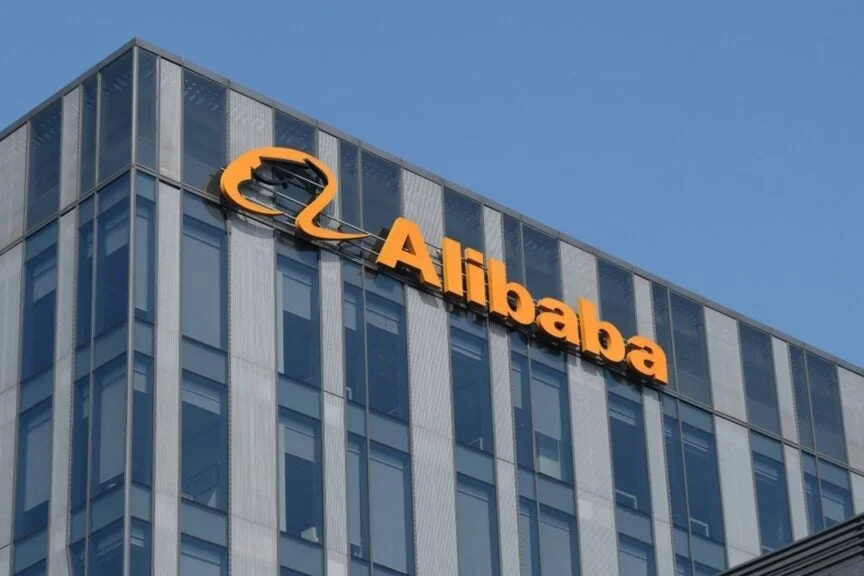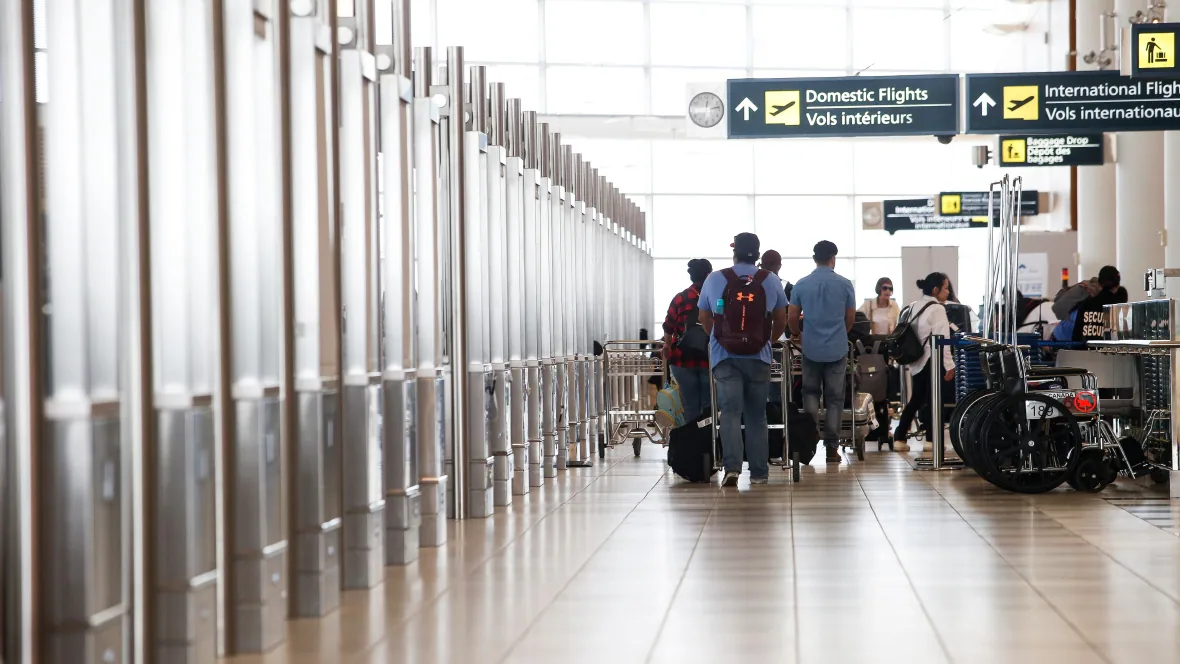
“The whole idea is, no more will these big tech companies or other companies train foreign workers,” Lutnick said. “They have to pay the government $100,000, then they have to pay the employee — so it’s just not economic. If you’re going to train somebody, you’re going to train one of the recent graduates from one of the great universities across our land.”
The fee is likely to face legal challenges. It was slated to go into effect Sunday and will only be required for new applicants, according to a memo Saturday from US Citizenship and Immigration Services.
Here’s what you need to know.
What is the H-1B visa program?
Congress passed legislation creating the H-1B program in 1990, as a labor shortage loomed. When George Bush signed it into law, he said the program would “encourage the immigration of exceptionally talented people, such as scientists, engineers and educators.”
Employers have used the visas — which are valid for three years and can be extended — to hire foreign workers with specialized skills, mainly in science and technology, to fill openings for which American workers with similar abilities cannot be found.
Employers submit a petition to the government on behalf of a foreign worker they want to hire, describing the job and the qualifications of the person selected to fill it. The H-1B program confers temporary status in the United States, not residency. However, many employers eventually sponsor workers with H-1B visas for a green card, which puts the person on a path to US citizenship.
On Saturday, confusion remained about how the new fee would work. Lutnick said Friday that it should be paid annually by the American company hiring the foreign worker. But a day later, the White House press secretary, Karoline Leavitt, wrote in a post on social media that the $100,000 would be a one-time fee.
Who are the workers under the program?
Congress makes 65,000 H-1B visas available each year for workers with a bachelor’s degree or the equivalent, and 20,000 more for those with a master’s degree or higher. Universities and research organizations are exempt from those caps.
Many of the workers who have received the visas are software engineers, computer programmers and others in the technology industry. Amazon, Google, Meta, Microsoft, Apple and IBM were among the companies that employed the most H-1B visa holders last year, according to U.S. Citizenship and Immigration Services. But many do work in other professions, including education, health care and manufacturing.
There is no cap for each country, and a vast majority of recipients come from India.
India’s Ministry of External Affairs emphasized the ties between the two nations in a Facebook post on Saturday and expressed concern that the abrupt changes could have “humanitarian consequences” for families. Many H-1B visa holders bring their spouses and children with them to the United States, where they can live together for decades on dependent visas.
Why has the H-1B visa program been criticized by some Republicans?
There are about 730,000 H-1B holders in the United States, according to an estimate earlier this year from fwd.us, an immigration advocacy group. That is a small fraction of the more than 163 million people employed as of September.
Critics of the visa have argued that U.S. employers often use H-1B visas to hire foreign workers who are willing to accept lower salaries than Americans seeking the same positions. Many of those critics are Republicans who back Trump and share his hard-line stance on immigration.
However, some of Trump’s prominent backers are leaders in the tech industry, which relies heavily on H-1B workers because employers say they cannot find enough qualified American workers to perform the same jobs.
The announcement of the new fee has spurred chaos and confusion across industries. But it is poised to hit the tech sector of the economy particularly hard.
Do H-1B holders replace American workers?
To obtain an H-1B visa, employers that are, in the government’s words, “H-1B dependent” must recruit domestic candidates first. Employers are required to pay H-1B workers at least as much as the “actual wage” of similar workers, or the “prevailing wage,” which the government defines as “the average wage paid to similarly employed workers in a specific occupation.”
There have been episodes in which the program has been used to bring immigrants for jobs that American workers had held. In 2015, about 250 technology workers at Walt Disney World near Orlando, Florida, were told that they were being laid off, and that they would have to train their replacements — H-1B visa holders who had been brought in by an outsourcing firm based in India. Similar episodes that year affected employees of Toys “R” Us and the New York Life Insurance Co.
The program requires employers to pay H-1B workers, at a minimum, either the average wage for the job and the city where it is based, or the average wage of US-born workers doing the same job. Companies are prohibited from paying H-1B workers less than other workers with similar skills and qualifications. Still, about 60 percent of the positions paid “well below” the local median wage for the occupation in 2019, according to the Economic Policy Institute, which cited the Labor Department’s “broad discretion” to set H-1B wage levels.



